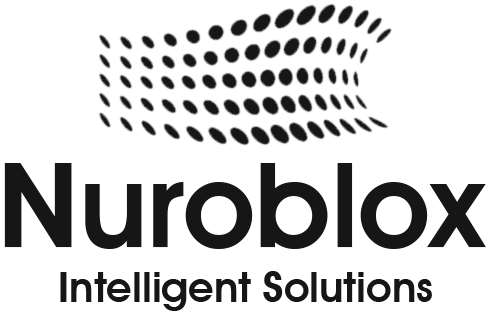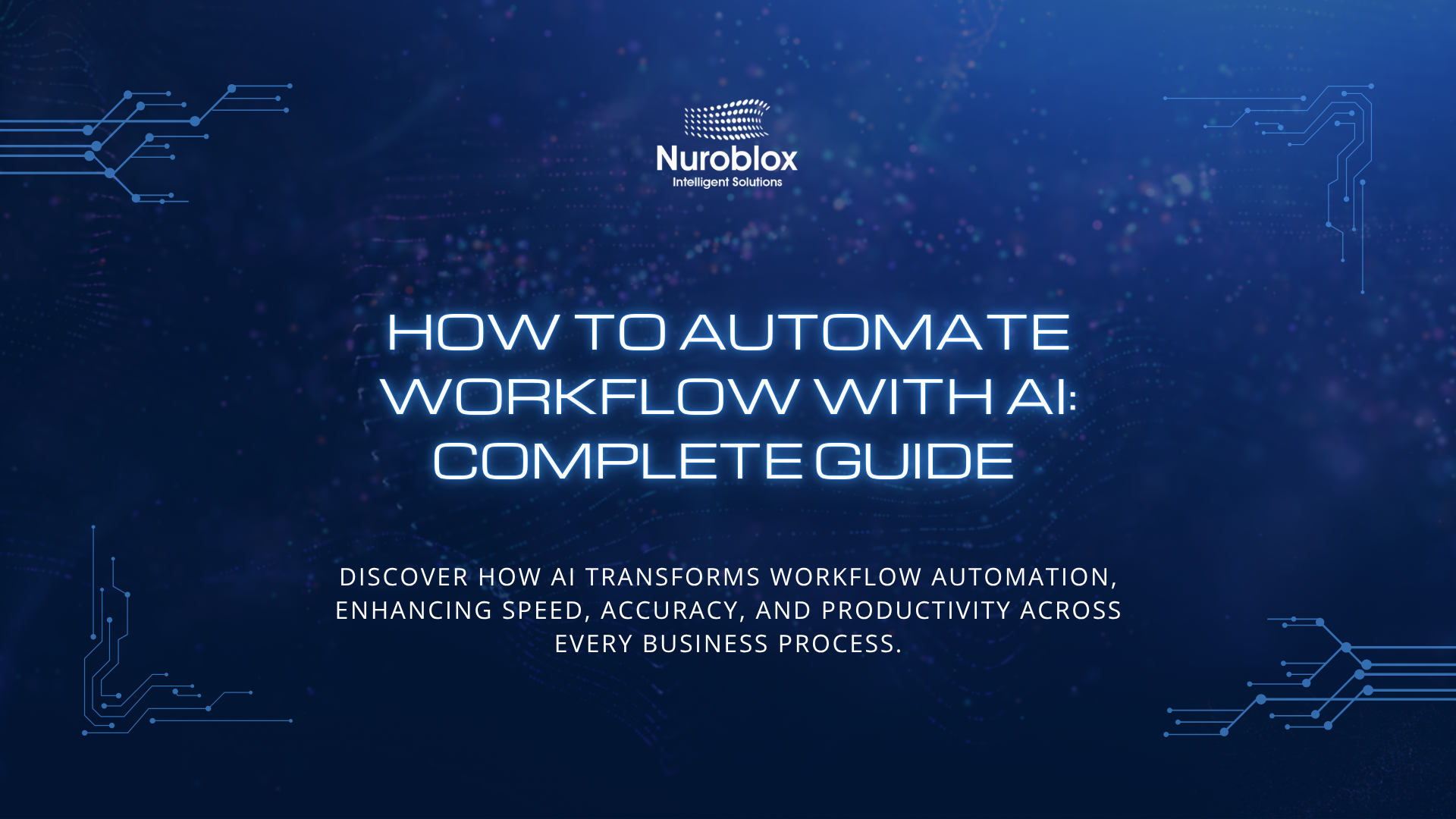How to Automate Workflow with AI: Complete Guide
In today’s fast-paced business environment, organizations are constantly seeking ways to improve efficiency and reduce operational costs. One of the most transformative approaches is learning how to automate workflow with AI. This comprehensive guide explores the practical strategies, tools, and implementation methods that enable businesses to leverage artificial intelligence for workflow automation.
Modern enterprises handle thousands of repetitive tasks daily, from invoice processing and customer onboarding to data entry and report generation. Traditionally, these tasks consume valuable employee time and resources while introducing human error into critical processes. By implementing AI-powered workflow automation, companies can dramatically improve productivity, reduce costs by up to 40%, and allow their teams to focus on higher-value strategic initiatives.
Throughout this guide, you’ll discover actionable insights on how to automate workflow with AI, whether you’re a small business just beginning your digital transformation journey or an enterprise seeking to optimize complex processes at scale.
What Is AI Workflow Automation?
AI workflow automation represents the convergence of artificial intelligence and business process management. It involves using machine learning algorithms, natural language processing, and intelligent decision-making systems to automatically execute, monitor, and optimize business workflows without constant human intervention.
Unlike traditional automation that follows rigid, rule-based patterns, intelligent workflow automation adapts and learns from data, making informed decisions based on context and historical outcomes. This enables organizations to handle complex, variable workflows that previously required significant manual oversight.
Consider a customer service scenario – rather than requiring employees to manually route support tickets, an AI system can analyze ticket content, predict urgency levels, match tickets to appropriate specialists based on expertise, and automatically escalate high-priority issues, all in seconds.
Why AI Workflow Automation Matters Today
Business Impact and ROI
The business case for AI workflow automation is compelling. Organizations implementing intelligent automation report –
- 30-50% reduction in process cycle time
- 40% reduction in operational costs
- 90% improvement in accuracy rates
- 25-35% increase in employee productivity
Addressing Modern Business Challenges
Today’s enterprises face unprecedented pressures – rising operational costs, talent shortages, increasing compliance requirements, and customer expectations for faster service delivery. Traditional automation approaches cannot adapt to the variable, complex workflows that characterize modern business processes.
Intelligent workflow automation solves these challenges by combining the reliability of automated systems with the adaptability of human-like decision-making. This enables organizations to handle exceptions, learn from patterns, and continuously improve process efficiency.
Key Components of AI Workflow Automation
Intelligent Document Processing
Many workflow bottlenecks originate with document handling. AI-powered document processing can automatically extract data from invoices, contracts, forms, and reports with 95%+ accuracy. This eliminates manual data entry, reduces processing time from hours to minutes, and minimizes costly errors.
Advanced systems use optical character recognition (OCR), machine learning classification, and natural language understanding to interpret document content, extract key information, and route documents to appropriate workflows automatically.
Robotic Process Automation (RPA)
RPA forms the execution layer of AI workflow management. RPA bots mimic human interactions with computer systems like logging into applications, entering data, clicking buttons, and generating reports at digital speed, 24/7 without fatigue or errors.
When combined with AI capabilities, RPA becomes far more powerful. Rather than following rigid scripts, AI-enhanced bots can make contextual decisions, handle exceptions, and adapt to process variations dynamically.
Process Orchestration
Process orchestration coordinates multiple systems, people, and technologies within unified workflows. A well-designed orchestration layer ensures that tasks flow seamlessly from one step to the next, with AI-powered decision engines determining optimal routing based on real-time data.
This approach enables organizations to implement end-to-end enterprise workflow automation that spans legacy systems, cloud applications, and emerging platforms.
Predictive Analytics
AI-driven predictive models forecast outcomes, identify bottlenecks before they occur, and recommend process optimizations. For example, predictive analytics can identify which customer inquiries will require escalation, enabling proactive resource allocation before issues become critical.
How to Automate Workflow with AI – Step-by-Step Implementation
Step 1 – Audit and Identify Automation Candidates
Begin by mapping your current workflows. Document each process step, identifying –
- Task duration and frequency
- Manual touchpoints and decision points
- Error rates and rework cycles
- Compliance and regulatory requirements
- System dependencies and integrations
Target processes exhibiting these characteristics for AI automation –
- High volume and repetitive nature
- Clear, well-defined business rules
- Stable process structures (with acceptable variation)
- Quantifiable cost savings potential
- Low complexity in initial implementation phases
Quick wins typically include invoice processing, customer onboarding, expense reporting, and HR-related workflows. These processes generate immediate ROI and build organizational momentum for larger initiatives.
Step 2 – Define Clear Objectives and Success Metrics
Establish measurable KPIs before implementation –
- Process cycle time reduction (target 40-60%)
- Accuracy improvement percentage (target 95%+)
- Cost savings per transaction
- Employee time freed for strategic work
- Customer satisfaction improvement
Clear metrics enable you to track ROI, justify continued investment, and identify optimization opportunities post-implementation.
Step 3 – Select Appropriate Tools and Platforms
The right workflow automation tools depend on your specific requirements –
- Low-code/No-code Platforms – Ideal for organizations lacking extensive development resources, enabling rapid deployment of AI-powered workflows
- Intelligent Automation Suites – Comprehensive platforms combining RPA, AI, and process analytics for enterprise-scale deployments
- Vertical Solutions – Industry-specific platforms optimized for particular business functions
- Custom Solutions – For complex, unique requirements requiring tailored development
Leading platforms integrate AI capabilities with workflow orchestration, enabling you to build sophisticated automation without extensive coding.
Step 4 – Design and Model Your AI Workflows
Map out your automated workflow design, including –
- Input sources and data requirements
- AI decision points and logic
- Exception handling procedures
- Integration touchpoints with existing systems
- Approval workflows and human handoffs
- Error management and logging
Model your workflows before full implementation. Test with sample data, refine decision logic, and validate that automation handles edge cases appropriately.
Step 5 – Implement Training and Change Management
Success depends on organizational adoption. Prepare your team through –
- Comprehensive training on new systems and workflows
- Clear communication about process changes and benefits
- Support resources for troubleshooting issues
- Recognition of team members contributing to optimization
When employees understand how AI workflow automation improves their work experience, they become advocates rather than resistors, facilitating smoother implementation and better outcomes.
Step 6 – Monitor, Optimize, and Scale
Post-deployment, continuous monitoring is critical. Establish –
- Real-time dashboards tracking workflow performance metrics
- Alert systems for anomalies or automation failures
- Regular reviews of automation effectiveness
- Feedback loops for continuous improvement
- Documentation of lessons learned
Use these insights to refine automation logic, optimize decision rules, and identify additional automation opportunities. What works for one workflow often provides templates for others.
Best Practices for Successful AI Workflow Automation
Start with High-Impact, Lower-Complexity Processes
Don’t attempt to automate your most complex workflows first. Begin with straightforward processes generating significant efficiency gains. Quick wins build confidence, generate ROI data justifying larger investments, and create internal champions promoting organizational adoption.
Ensure Data Quality and Governance
AI systems are only as good as their training data. Establish –
- Data quality standards and validation processes
- Clear data governance policies
- Security and privacy protocols
- Regular data audits and cleansing procedures
Poor data quality undermines automation accuracy and generates downstream problems. Invest in data governance before and during automation implementation.
Maintain Human Oversight and Exception Handling
While automation handles routine processes, humans must remain in the loop for –
- Exceptional cases outside normal parameters
- Critical decision approval
- Continuous system monitoring
- Process improvement suggestions
This hybrid approach, combining AI-powered automation with human judgment, delivers superior results compared to either approach alone.
Ensure Compliance and Auditability
Document your automation logic, maintain audit trails, and ensure compliance with industry regulations. This is particularly critical in regulated industries like finance, healthcare, and legal services where process transparency and accountability are paramount.
Common Workflow Automation Use Cases
Financial Services
- Invoice and expense processing automation
- Loan application processing
- Compliance document review and approval
- Accounts payable and receivable reconciliation
Human Resources
- Employee onboarding workflow automation
- Resume screening and candidate ranking
- Leave and expense request processing
- Employee document verification
Customer Service
- Intelligent ticket routing and prioritization
- Customer inquiry categorization
- Knowledge base recommendations
- Escalation automation based on urgency
Supply Chain
- Purchase order processing
- Inventory management and reordering
- Shipment tracking and notification
- Supplier document processing
AI Workflow Automation Tools and Platforms
Modern workflow automation platforms integrate multiple capabilities –
- Process Orchestration – Coordinate complex multi-system workflows
- AI and ML Integration – Decision-making and pattern recognition
- RPA Capabilities – Bot-driven task execution
- Analytics and Insights – Performance monitoring and optimization
- No-Code/Low-Code Builders – Accessible automation design
Leading platforms in this space enable enterprise workflow automation across diverse business requirements, from simple to highly complex scenarios.

Challenge – Resistance to Change
Solution – Involve employees early, communicate benefits clearly, provide comprehensive training, and celebrate wins. Position automation as enabling team members rather than replacing them.
Challenge – Legacy System Integration
Solution – Modern automation platforms offer extensive API connectors and middleware solutions for legacy system integration. Evaluate integration capabilities carefully during platform selection.
Challenge – Initial Setup and Configuration
Solution – Choose platforms offering pre-built templates, extensive documentation, and vendor support. Consider consulting partners with domain expertise in your industry.
Challenge – Maintaining Automation Accuracy
Solution – Implement robust monitoring, establish feedback loops for continuous improvement, and maintain human review processes for critical decisions. Regular audits ensure accuracy standards remain consistent.
Future Trends in AI Workflow Automation
The landscape continues evolving rapidly –
- Autonomous Agents – AI systems independently managing entire workflow domains with minimal oversight
- Generative AI Integration – Large language models enhancing decision-making and content generation within workflows
- Edge AI Processing – On-premises AI model execution reducing latency for time-sensitive workflows
- Composable Automation – Modular, reusable automation components enabling rapid deployment
- Ethical AI Governance – Increasing focus on transparent, fair, bias-free automation systems
Staying current with emerging capabilities enables organizations to maintain competitive advantages through continuous optimization.
Conclusion
Learning how to automate workflow with AI has transitioned from competitive advantage to business necessity. Organizations implementing intelligent workflow automation achieve dramatic improvements in efficiency, accuracy, and cost-effectiveness while enabling employees to focus on meaningful, strategic work.
The pathway to success requires thoughtful strategy – starting with high-impact processes, selecting appropriate tools, ensuring proper governance, and maintaining continuous optimization. By following the implementation approach outlined in this guide, your organization can successfully deploy AI workflow automation that delivers measurable business value.
Begin your automation journey today. Audit your processes, identify quick-win opportunities, and take the first steps toward enterprise workflow automation. The organizations that act now will establish significant competitive advantages as AI-powered automation becomes the standard across all industries.


